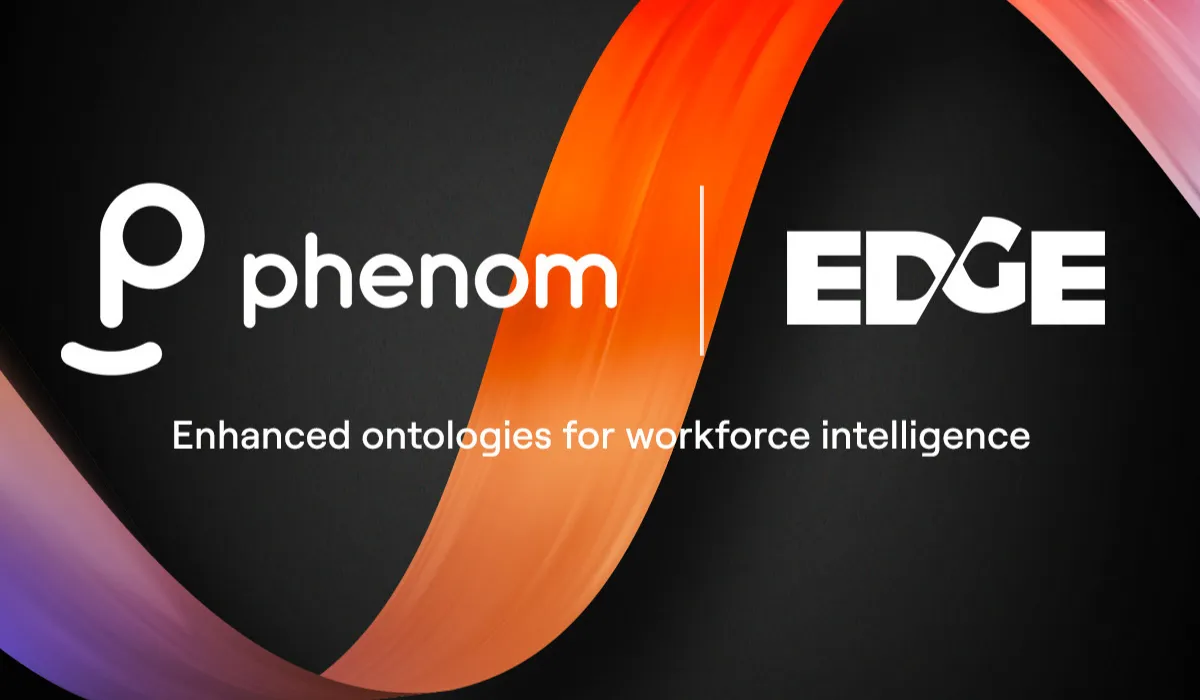
Pixxel, a hyperspectral Earth-imaging technology business, has opened up an Earth Observation (EO) studio called Aurora with the goal of enabling a wider audience to access remote sensing analysis. Aurora offers user groups a platform to access, analyze, and make use of EO data. Designed internally, it provides a sizable repository of both commercial and open-source remote sensing datasets, and by the end of 2024, it will incorporate hyperspectral imagery from Pixxel.
By providing a no-code environment where users may see and compare satellite imagery, alter procedures, and swiftly apply analytical models, Aurora aims to lower entry barriers in Earth observation analysis. Organizations in the energy, forestry, mining, climate technology, and agriculture sectors especially benefit from this capability, which makes it easy for them to integrate Earth observation data into their daily operations.
The Normalized Difference Vegetation Index (NDVI) is used to evaluate the health of the vegetation; the Normalized Difference Water Index (NDWI) is used to estimate the surface area of water; and the Oil Spill Index (OSI) is used to identify oil spills. The platform contains other indices for different uses. These instruments offer vital information for keeping an eye on environmental conditions and reducing risks.
Through its marketplace, Aurora also provides a number of other models, such as the Water Quality Index Model for assessing water quality and the Forest Above-Ground Biomass Model for tracking the health of forests and carbon stocks. Furthermore, the Change Detection Model monitors changes in land use and the effects of disasters, while the Crop Bio-parameters Model aids precision agriculture by offering insights into crop health.
Pixxel has highlighted that Aurora provides pertinent and reliable data that is customized to meet business and compliance needs in a variety of industries. Aurora’s capabilities will be further enhanced by upcoming updates, which will integrate hyperspectral data with other EO datasets for more thorough analysis and enable data fusion across large Areas of Interest (AOIs).
Pixxel is getting ready to launch six “Fireflies,” or commercial-grade hyperspectral satellites, within the year in addition to Aurora. It is anticipated that these satellites will improve the platform’s data offerings and give users even more accurate and thorough Earth observation tools.
Read More – Juleo Raises $2.5M to Use AI-Powered Dating Platform to Transform Matchmaking









